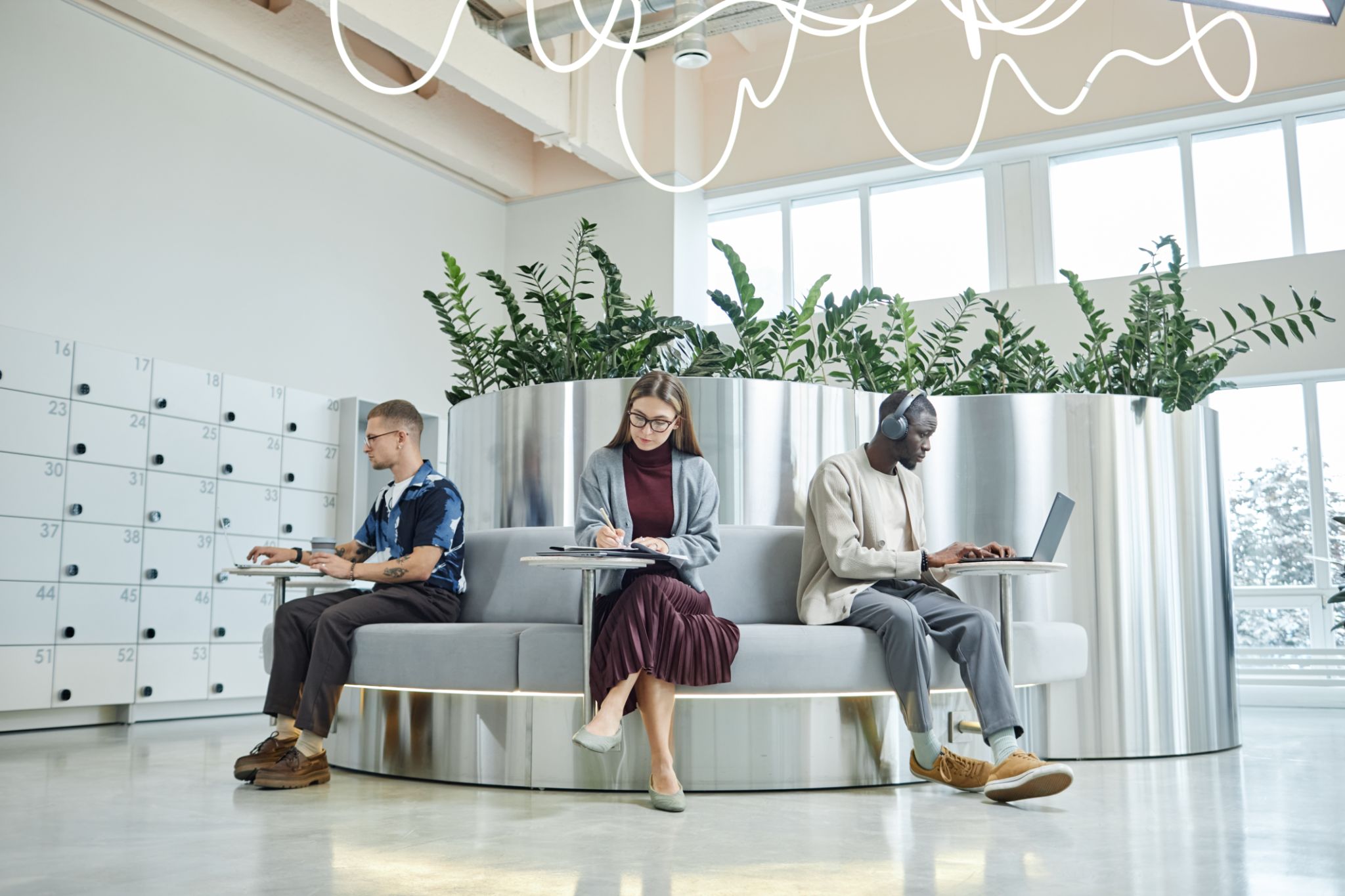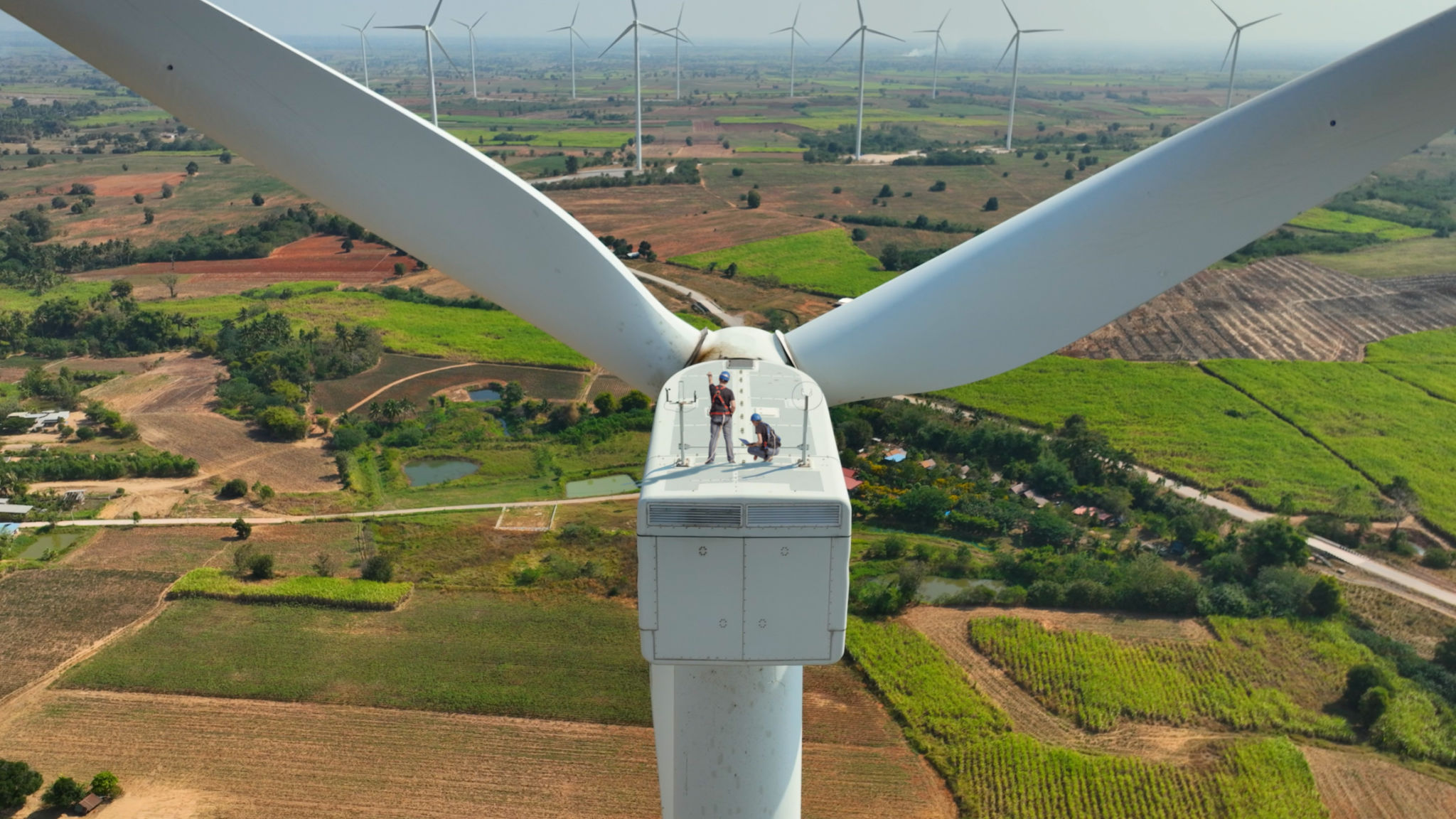Case Study: Transforming MENA Offices with Biophilic Design
Introduction to Biophilic Design
Biophilic design is a revolutionary approach that incorporates natural elements into built environments. By integrating features such as natural lighting, greenery, and organic materials, it aims to create spaces that enhance the well-being and productivity of their occupants. This design philosophy is gaining traction globally, and nowhere is its impact more evident than in the MENA (Middle East and North Africa) region.

The Growing Trend in MENA
In recent years, the adoption of biophilic design in MENA offices has surged. This trend is driven by the region's increasing focus on sustainability and employee wellness. Companies are recognizing that the integration of nature-inspired elements not only beautifies spaces but also contributes to a healthier work environment.
MENA's unique climate and cultural significance of nature play a crucial role in shaping biophilic designs. By incorporating local flora and utilizing traditional architectural techniques, designers create office spaces that resonate with the regional identity while promoting environmental consciousness.

Benefits of Biophilic Design
The benefits of biophilic design extend beyond aesthetics. Studies have shown that such environments can significantly reduce stress levels, improve cognitive function, and boost productivity. For businesses in MENA, this translates to happier employees and increased efficiency.
Moreover, biophilic offices tend to have better air quality due to the presence of plants, which naturally filter pollutants. This is particularly beneficial in urban areas where air quality can be a concern. The strategic use of natural light reduces dependency on artificial lighting, leading to energy savings and a smaller carbon footprint.
Case Studies: Success Stories
Several companies in the MENA region have successfully implemented biophilic design in their offices. One notable example is a tech company in Dubai that transformed their workspace with vertical gardens and large windows that bathe the office in natural light. The result was a significant increase in employee satisfaction and creativity.

Another example is a financial institution in Riyadh that integrated a central atrium filled with native plants and water features. This not only provided employees with a serene environment but also became a focal point for client meetings, enhancing the company's image as an innovator in sustainable practices.
Implementing Biophilic Design
For businesses looking to embrace biophilic design, it's essential to start with a clear vision. Assess the existing space and identify areas where nature can be seamlessly integrated. Consider factors like lighting, air circulation, and acoustics to maximize the benefits.
- Use native plants to ensure easy maintenance and adaptability.
- Incorporate water features for a calming effect.
- Utilize natural materials such as wood and stone for furnishings.
Working with experienced designers who understand the nuances of biophilic design can make the transition smoother and more effective.
The Future of Workspaces
As businesses continue to prioritize employee well-being and environmental responsibility, the future of office design will likely see an even greater integration of biophilic elements. The MENA region, with its rich cultural heritage and environmental challenges, is poised to lead this movement.
The transformation of workspaces through biophilic design not only fosters a connection between individuals and nature but also sets a precedent for sustainable living. By embracing this approach, companies can create healthier, more inspiring environments that benefit both people and the planet.
